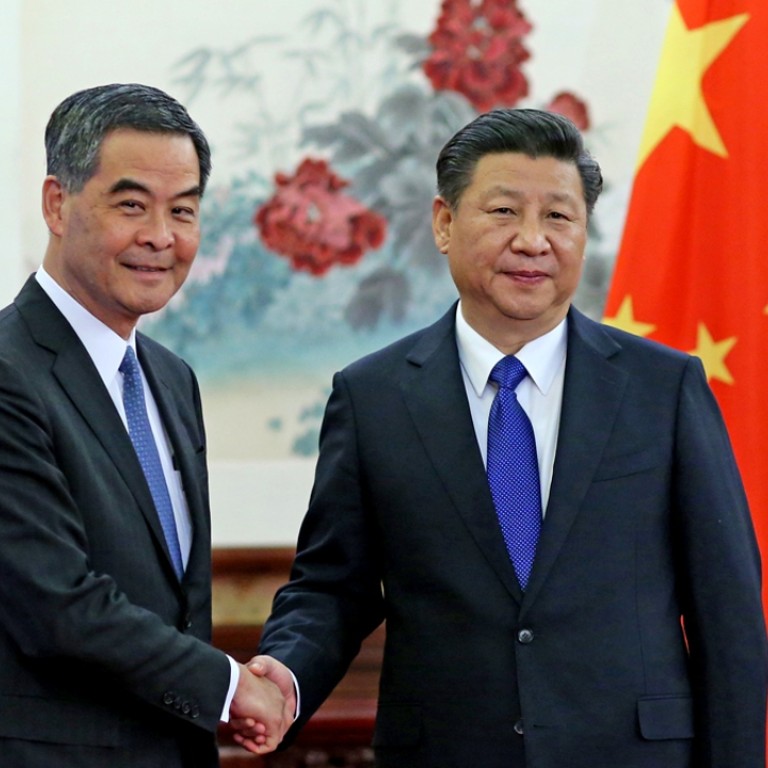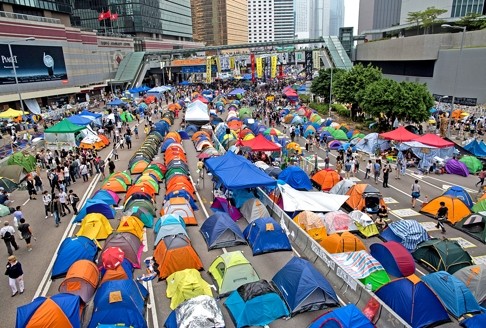
For Hong Kong’s ‘one country, two systems’ formula to work there needs to be give-and-take on both sides
Beijing and the people in Hong Kong must be receptive to each other’s views on how best to implement the city’s unique system of governance
READ MORE: Smaller side seat for Leung Chun-ying sparks debate on Hong Kong Chief Executive’s footing with Xi Jinping
President Xi Jinping’s (習近平 ) reference about the “new circumstances” arising from the implementation of “one country, two systems” over the past year has left many wondering. Noting that the circumstances had aroused discussions locally and abroad, Xi stressed that the central government was firmly committed to the formula and would make sure it “would not be distorted”. While he stopped short of being specific, the message, against the backdrop of the failed democratic reforms and growing confrontational tactics adopted by some people in society, cannot be clearer. Beijing has become more assertive about its authority over Hong Kong and the way the formula is implemented. This can be reflected in the new seating plan. Instead of sitting side by side as in the case for visiting foreign dignitaries, Leung Chun-ying and his team were placed along a long conference table presided by state leaders in the middle. The set-up is said to be more indicative of Hong Kong being constitutionally accountable to the central authorities.

The visit went beyond giving the chief executive a pat on the back for his performance. While Beijing is pleased with his work in fostering development and improving people’s livelihood and social harmony, the tasks ahead for Leung are daunting. The community remains sharply divided after the 79-day Occupy protests last year. Many economic development and livelihood initiatives by the government are being held hostage by an increasingly hostile opposition camp.
READ MORE: Xi shows who’s boss: Hong Kong’s Leung Chun-ying knocked off his perch to smaller seat
Governance will become more difficult in the run-up to the Legislative Council elections next year. That “two systems” was given more weight in the early years of Chinese rule owed much to Beijing’s hands-off approach. While “two systems” has made Hong Kong unique and successful, Beijing makes it plain that “one country” comes first.

Unquestionably, the premise for “two systems” is “one country”. But it is in the interests of Beijing and Hong Kong to have both components fully implemented. The formula is an integrated concept. Both sides should be more receptive to each other’s views and ensure that the implementation will not be distorted.

